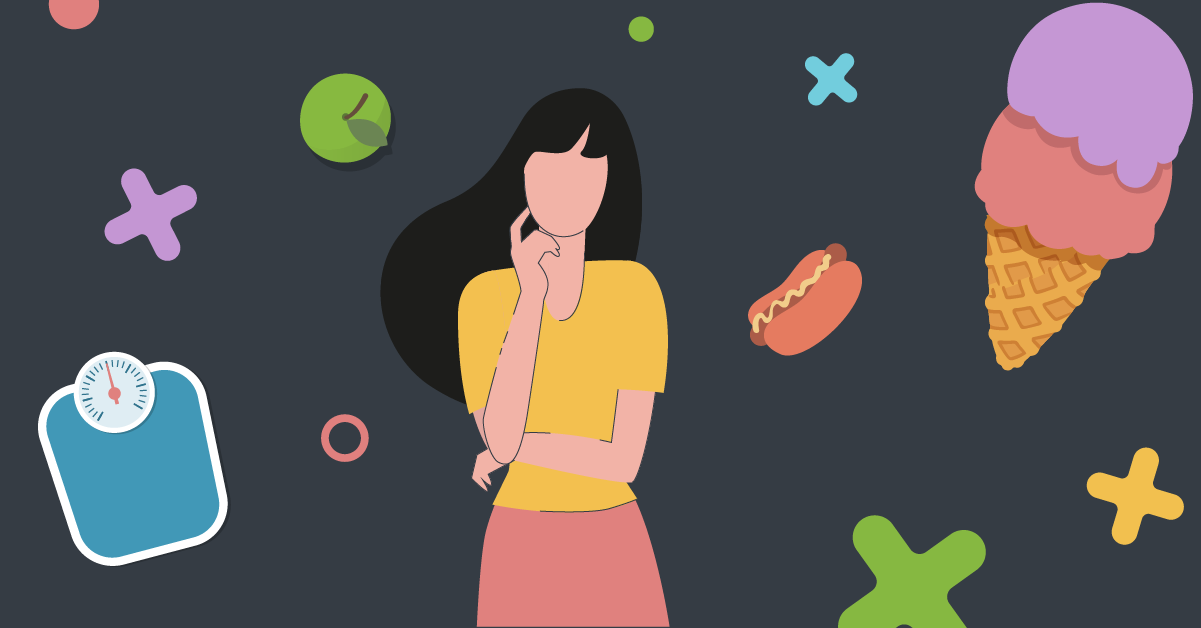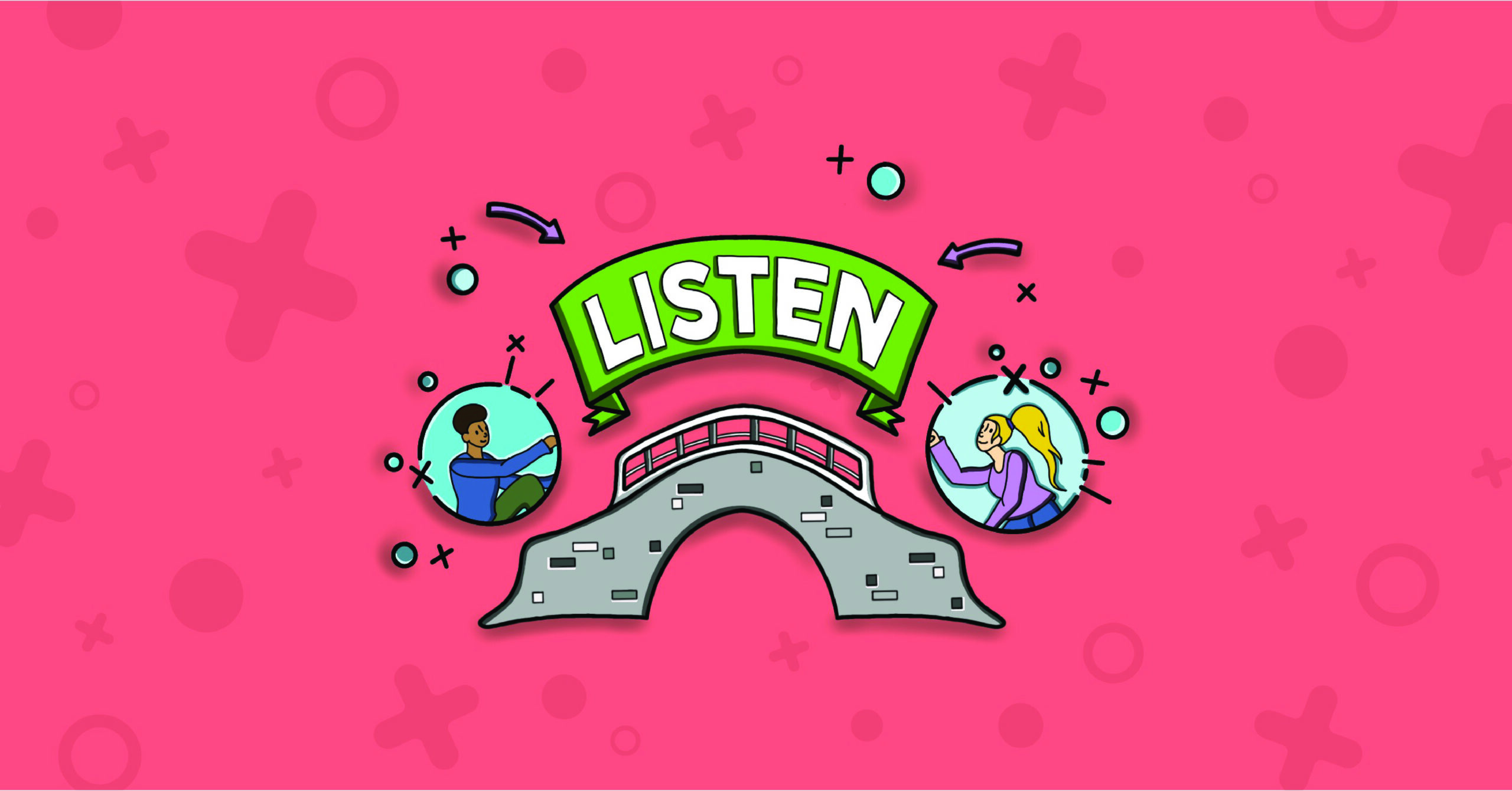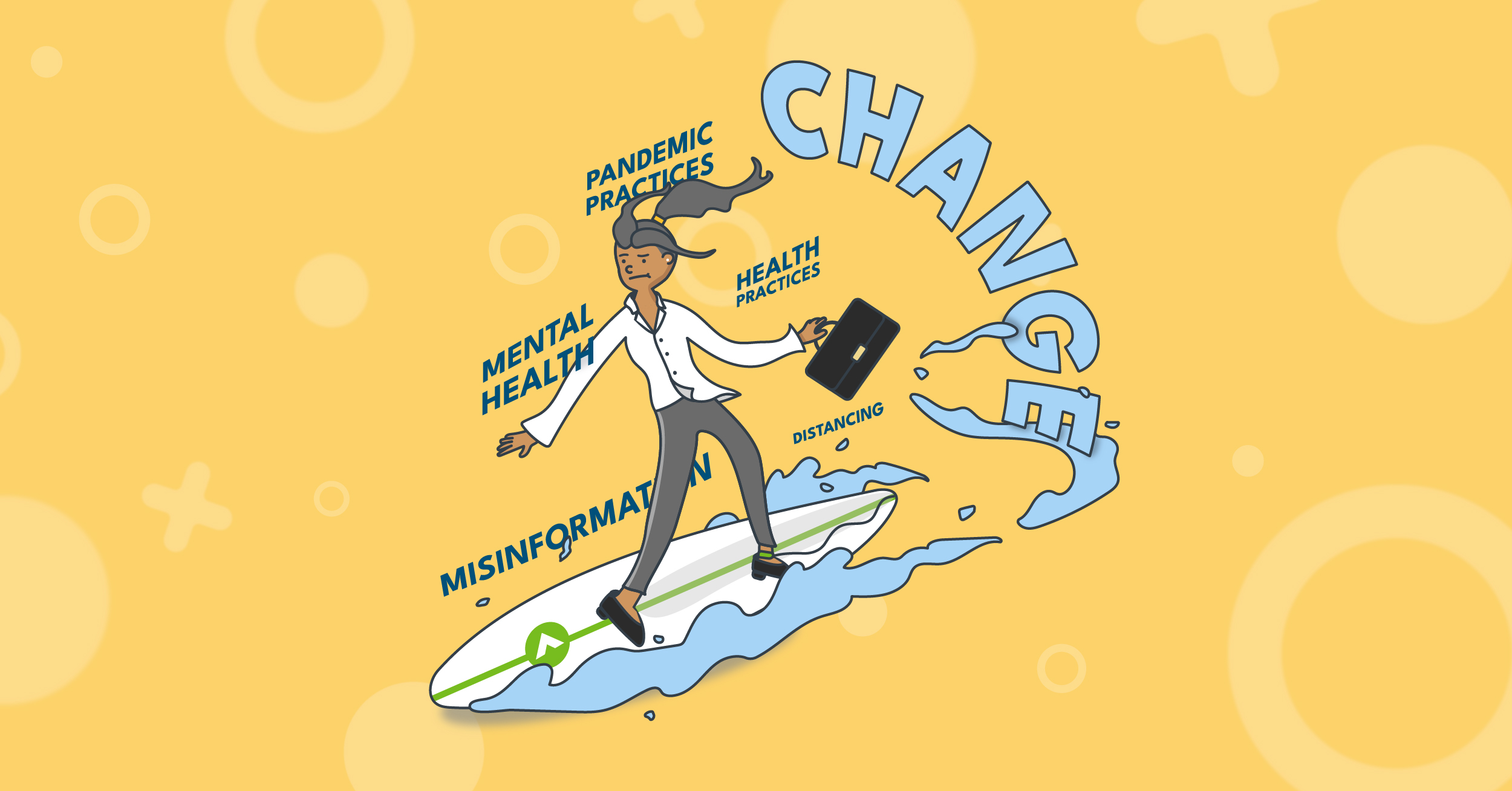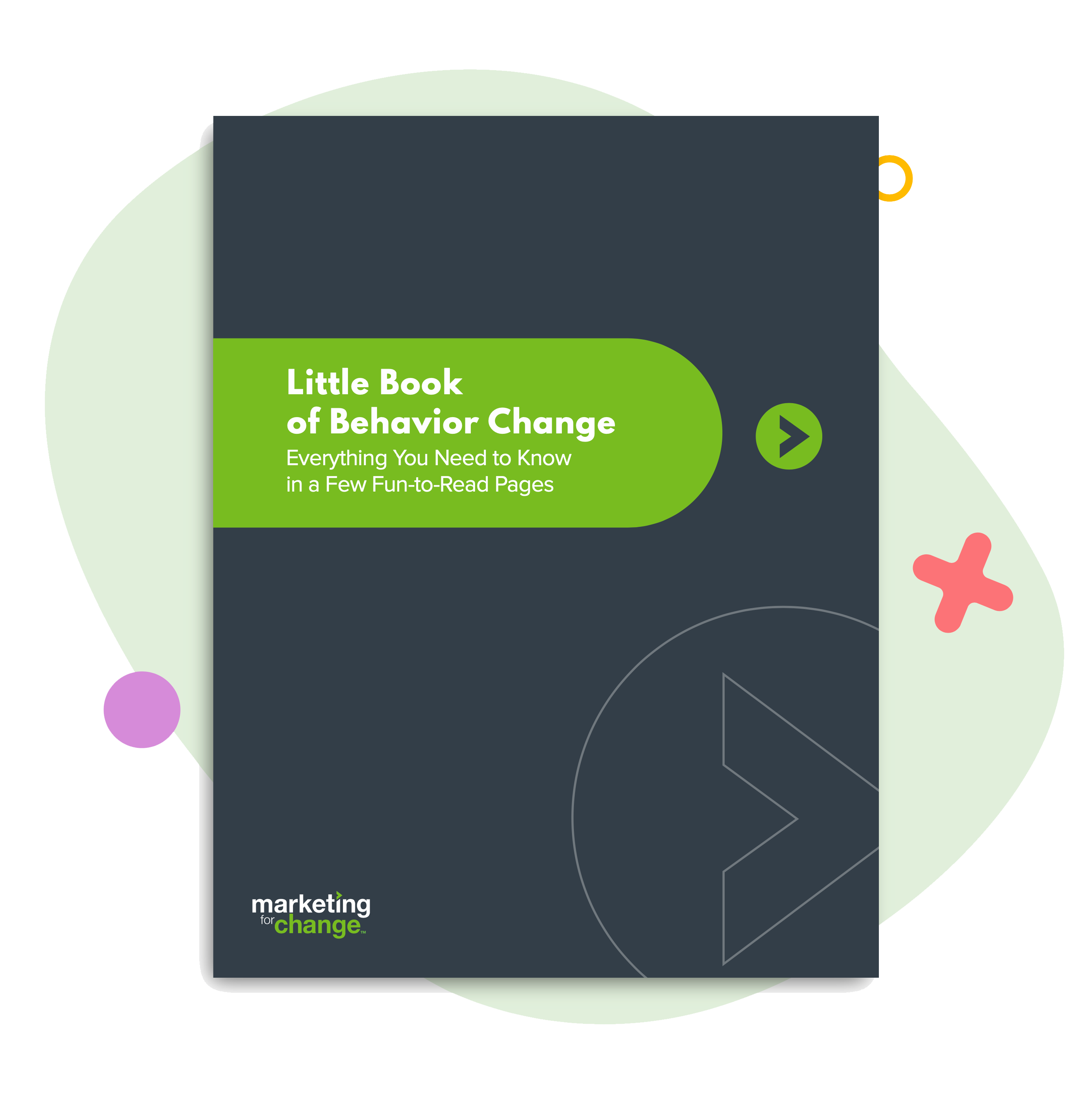
COVID-19 and the ‘What-the-Hell’ Effect — What We Can Learn From Dieting and Safe Sex
Nearly 40 years ago, psychology professor Janet Polivy co-authored research that showed if you presented normal weight college students with a “taste test” of ice cream, the behavior between habitual dieters and non-dieters was strikingly different. Presented with free ice cream, non-dieters helped themselves to generous servings, while dieters ate just a teensy bit of each “test” flavor. Then the researchers “pre-loaded” students with a milkshake. The non-dieters now ate as little as possible, since they were already full. The dieters, however? Massive amounts. As much as a gallon at a go.
In 2010, Polivy dubbed this nothing-or-all willpower break the what-the-hell effect. Here’s how understanding this behavioral bias can help people reduce their risk of catching or transmitting COVID-19.
Righteous framing makes things worse.
The what-the-hell effect is a self-reinforcing and very unhelpful cycle of indulgence-regret- indulgence. If you’ve promised yourself you will eat NO sweets but then help yourself to an enticing fresh-baked cookie, you become overwhelmed with guilt, shame, remorse, and bitter self-criticism at the first bite. And then, since you’ve failed so miserably anyway, what the hell, you might as well eat the whole pan, because you tell yourself that after this one time I am never going to eat another cookie ever again. Until, of course, you do.
Like dieting, COVID-19 — for the 83% of Americans who are still worried about the disease — imposes continually shifting tests of self-control. If you forget your mask, do you have to go back home or is it OK to go into a store anyway if you make it a quick trip? Should you go out to eat? Should you visit your elderly parents or grandparents? Is it OK to fly? But also like dieting, the goal isn’t to never indulge yourself — with a cookie or human company — ever again. Yes, staying home alone and ordering all necessities via Amazon and Instacart could reduce your coronavirus risk to near zero. But it also increases the likelihood that one day you will simply crack, say what the hell, and find yourself dancing maskless in a crowded bar without remembering having called for a Lyft.
Risk reduction is cognitively challenging. Wrapping it in guilt and shame gives us less brainspace to make wise choices.
So how can we help people avoid temptation?
A key lesson from the what-the-hell effect is that heaven-or-hell framing actually increases the likelihood of engaging in forbidden behaviors — even if the prohibition, as in the case of dieting or safe sex, is self-induced. It’s one reason why abstinence-only sex education leads to higher rates of teen pregnancy. It requires a reliance on magical thinking (“of course I won’t have sex!”) instead of more pragmatic approaches. Faced with temptation, the what-the-hell effect takes over — without condoms and spermicide handy.
And unfortunately, the pandemic — especially with wildly uneven public health guidance — is guaranteed to bring ongoing temptation.
Right now, as coronavirus cases and deaths rise again during the long-expected winter resurgence, it’s perfectly legal in many states to crowd maskless into public spaces and talk loudly to one another, even though the evidence is increasingly clear that this is the virus’ favorite way to spread. Coronavirus requirements are dizzingly different from one neighboring city to the next, and the lack of authoritative guidance means social norms — often a key driver of behavior — are set not by state or national leaders, or even our communities, but by the small subset of people that surround us.
Amidst such a swirl of confusion, it can be hard to do the right thing even if you want to, because it’s so hard to decipher what the right thing actually is.
There’s no such thing as risk-free.
That’s not to say that people don’t get the basics. According to a recent Gallup poll, nine in 10 Americans report wearing masks in public and nearly three-quarters are social distancing always or very often. But these simple rules for coronavirus prevention quickly get fuzzy when applied to real life.
The problem for a pandemic-fatigued public is that risk reduction isn’t easy work. The choices aren’t simple good v. bad, achieving zero risk or throwing caution to the wind. Instead, we must continually assess the danger our behaviors create for ourselves and others, and decide how much risk we are willing to accept. Dying to go to a bar? Maybe you can find one where it’s not crowded and you can sit outside. Miss your grandma? Maybe if you just visited that bar, for now you should call instead of visit. Did your kids’ school just have a covid outbreak? It might be best to take a rain-check on a dinner invitation, even if neither you nor your kid feels sick.
Especially with Thanksgiving and Christmas on the horizon, we face many months ahead with many situations that will tempt and test us. While there are clearly things we should and shouldn’t do, there’s also a lot of grey area in between. As we make less than perfect decisions in a far from perfect world, we’ll all do a little better if we look at it for what it is — calculating risk to the best of our abilities — rather than painting it as a battle between good and evil. Because that’s a surefire path to What The Hellville.

Sara Isaac is Chief Strategist at Marketing for Change.





